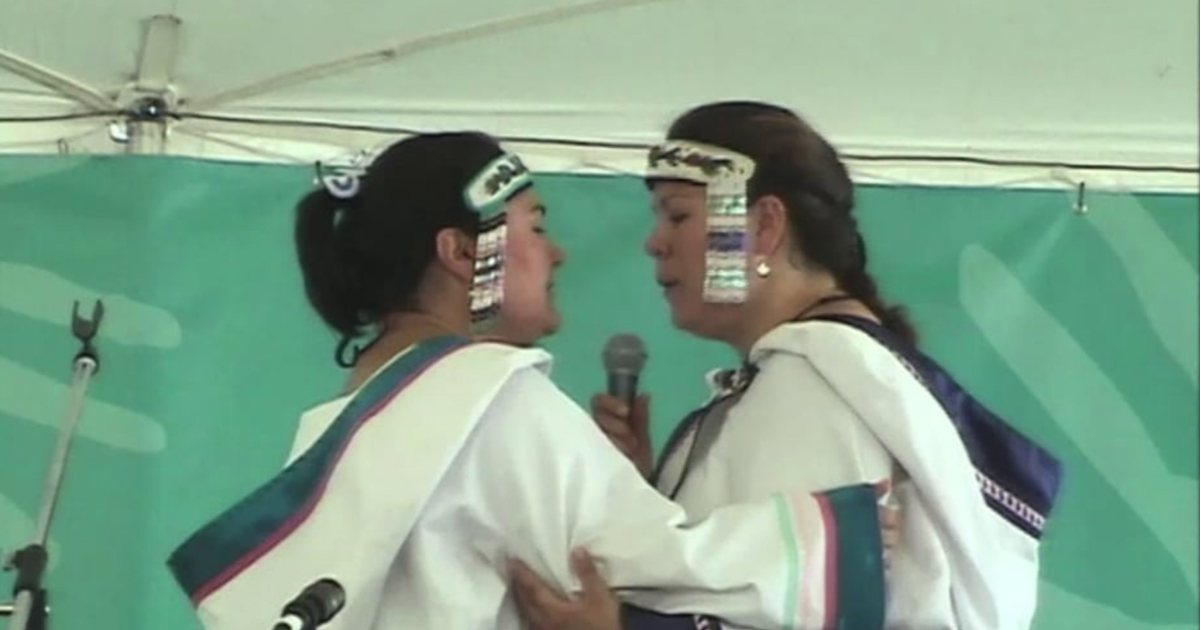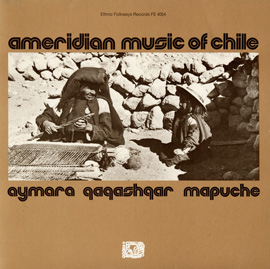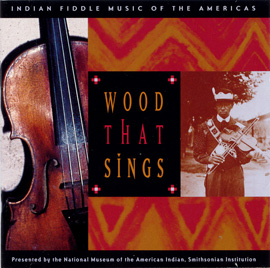In Our Own Voice

Very little is known and appreciated about American Indian women's songs and voices, even among people who are familiar with American Indian music. Because most Native women's traditional singing takes place in the private, domestic settings associated with family, clan, ceremonial, or work activities, it is rarely heard or seen outside of these settings, leading to the unfortunate misperception that women have little presence or significance in the performance and preservation of Native musical traditions. The numerous, diverse, and powerful American Indian women's voices on Smithsonian Folkways prove otherwise.
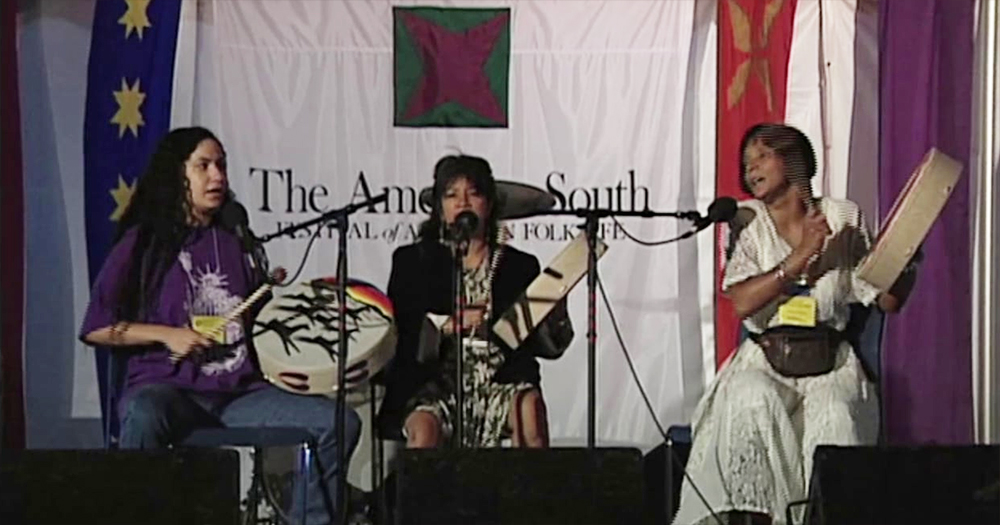
Ceremony, Healing, and Life-Giving
Women have important and profound roles in the performance of music associated with ceremonial and spiritual life. One ceremonial song particular to women is the northern California "Spotted Fawn Song," which is associated with the creation of the first Flower Dance and relates to a girl's first menses, when she becomes a woman. Many American Indian women's ceremonial songs are about life-giving and renewal. Songs among Navajo and Pueblo women are connected with the grinding and preparation of corn, the main life-giving food among southwestern tribes. At the upper Orinoco River between Venezuela and Brazil, Yecuana women lead agricultural practices and ceremonies focused on yucca, their staple food. The Yecuana believe that the fertility of the soil and hence the result of the harvest are affected by the fertility of the woman who does the planting. Among some peoples, like the northern California Pomo and the Navajo, women serve as spiritual healers and conduct healing ceremonies. As a Pomo medicine woman, Bernice Torrez carries on the healing songs and ceremonies of her foremothers.
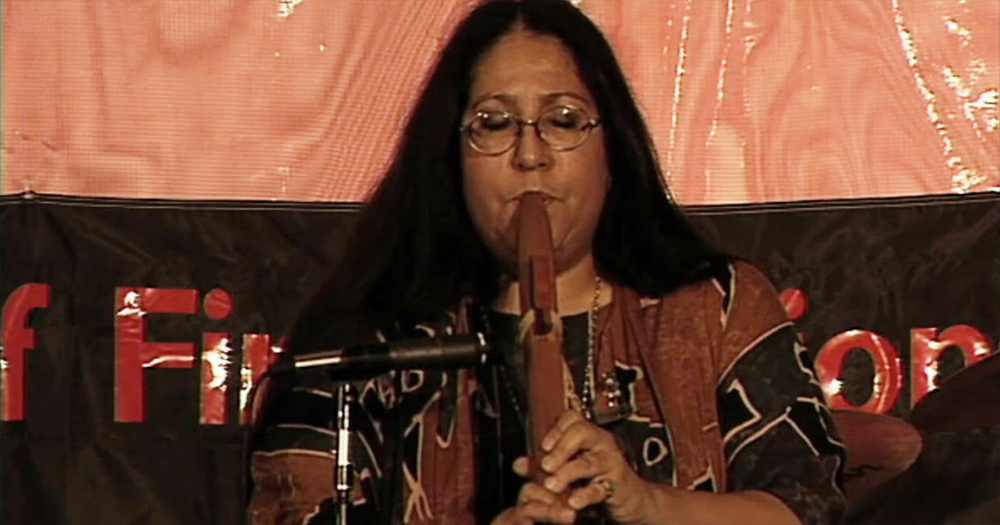
Coming to the Drum and Other Instruments
American Indian women have historically played a small role as instrumentalists in traditional music. However, in recent years, young Navajos such as Geraldine Barney and Lillian Rainer have taken up the flute and become well-known artists. In the mid-nineteenth century, American Indian women learned to play European instruments such as the fiddle, accordion, and guitar to participate in non-Native, often Christian music. Historically, American Indian women in Plains tribes were prohibited from powwow drumming, and sometimes even from touching a drum. Changes are underway, however, with respect to the place of women "sitting at the drum," particularly in the northern plains. The drum circles of the Crying Woman Singers are proudly composed of American Indian women from the Canadian and far northern American plains. Inspired by the need to preserve their culture, they teach the drum to young women in their communities.
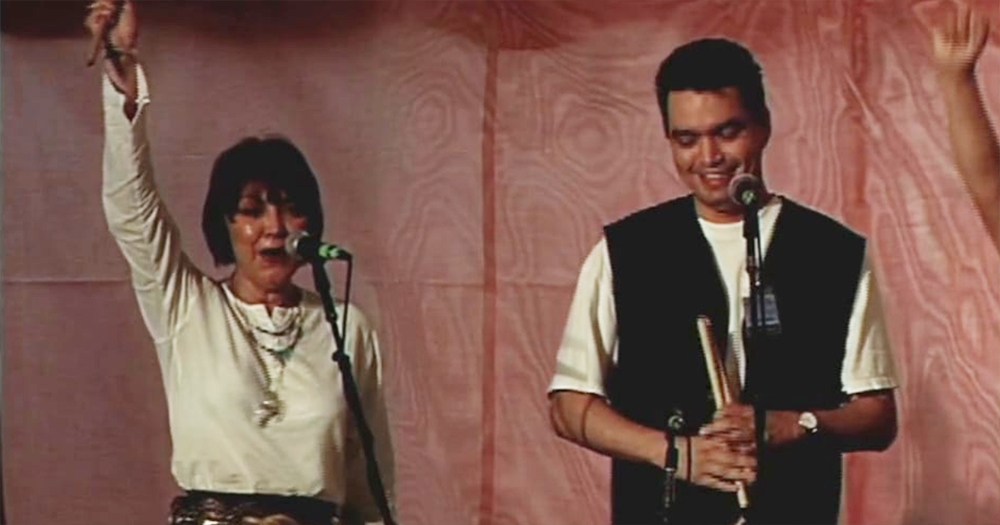
Christian Music
Christian music in the context of ceremonial performance is widespread among American Indian women. As is true to a large extent among Christian communities in general, the major participants in Christian ritual among Indians are women. Christianity may have provided American Indian women—robbed of their traditional economic and political roles in Native culture by missionization, acculturation, and the "civilization" policies of the colonizing governments—one of the few opportunities to maintain a significant role. The women sing and compose hymns and gospel songs, even masses, in their tribe's language, helping to keep it alive.
Contemporary Songmakers
In contemporary music, American Indian women have made an extraordinary contribution to songwriting, not only composing new lyrics for traditional songs but composing new music and lyrics with contemporary relevance. Their lyrics speak to present-day wounds and current issues of domestic abuse, alcoholism, environmentalism, and threats to Indian sovereignty. The songs may still have a strong tribal base, but they are rearranged for non-Native instruments, along with traditional instrumentation and lyrics that integrate tribal languages with English.
American Indian women's musical traditions—and the women themselves—are resilient. The sounds are vital and dynamic, and an important part of the process through which Native peoples everywhere are preserving and revitalizing their lives and cultures.
